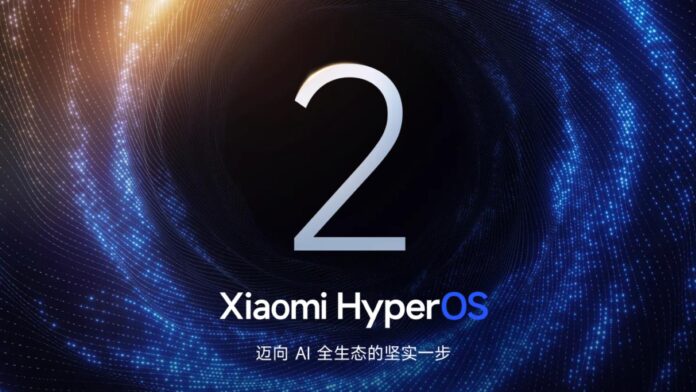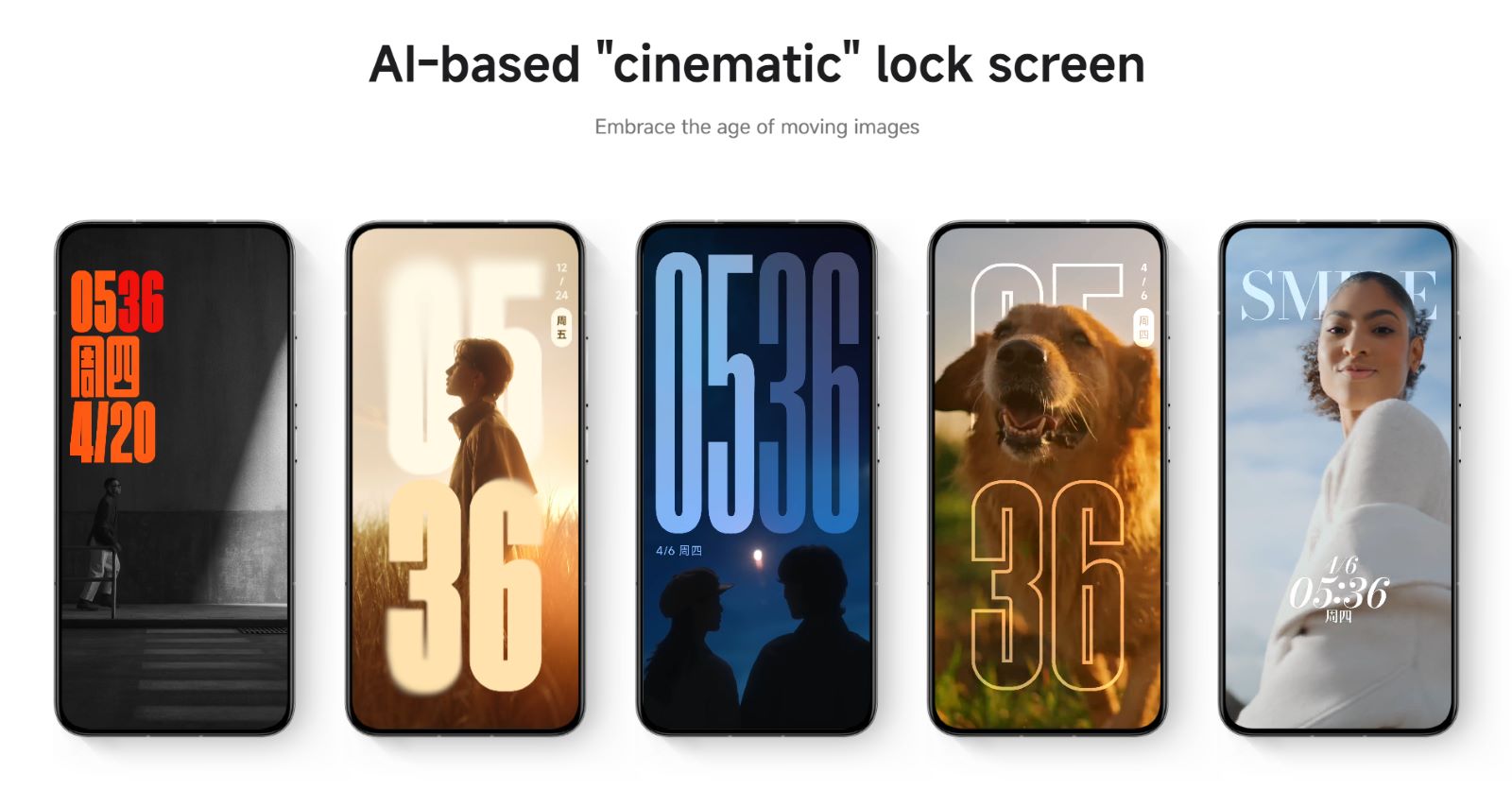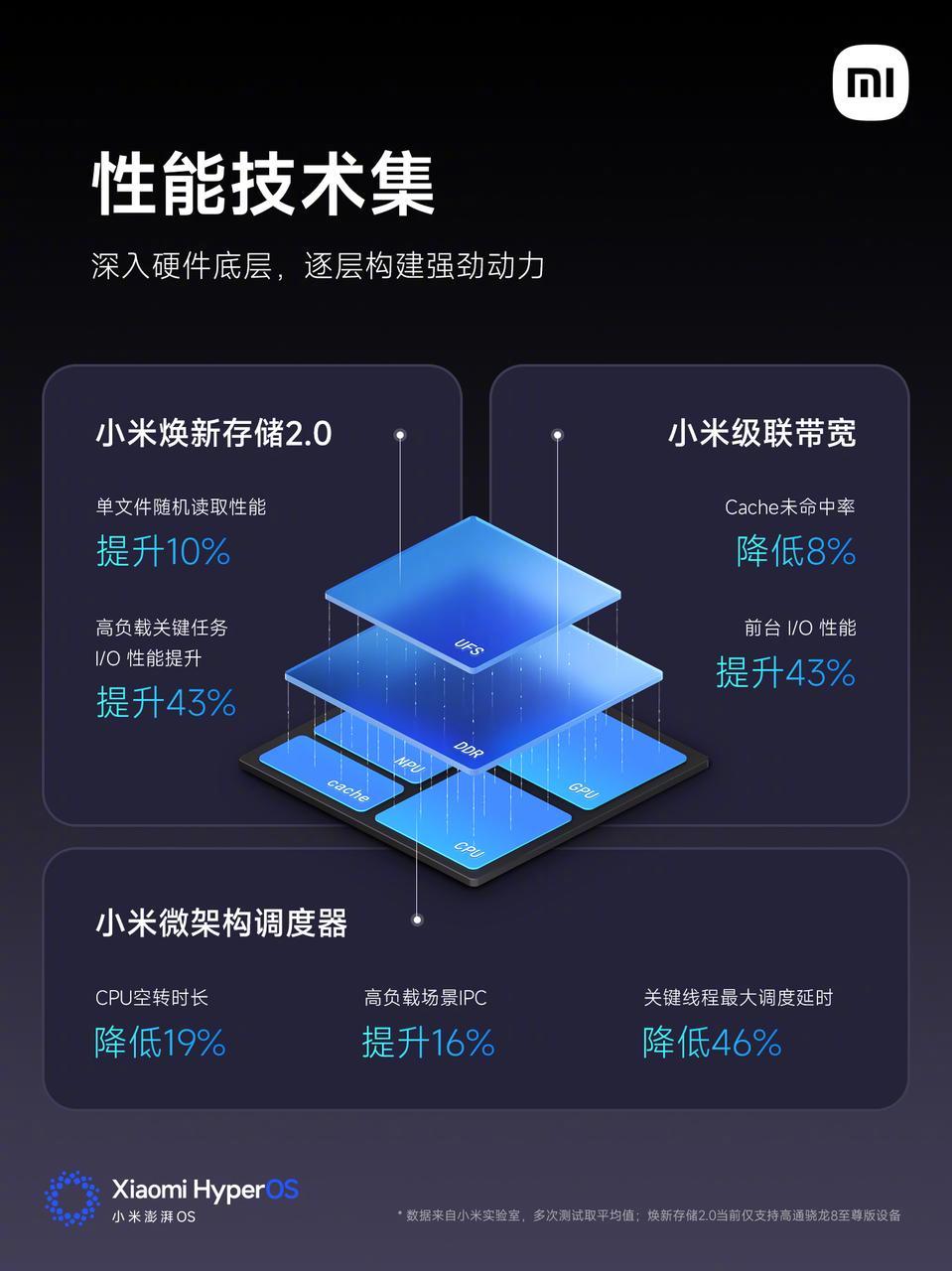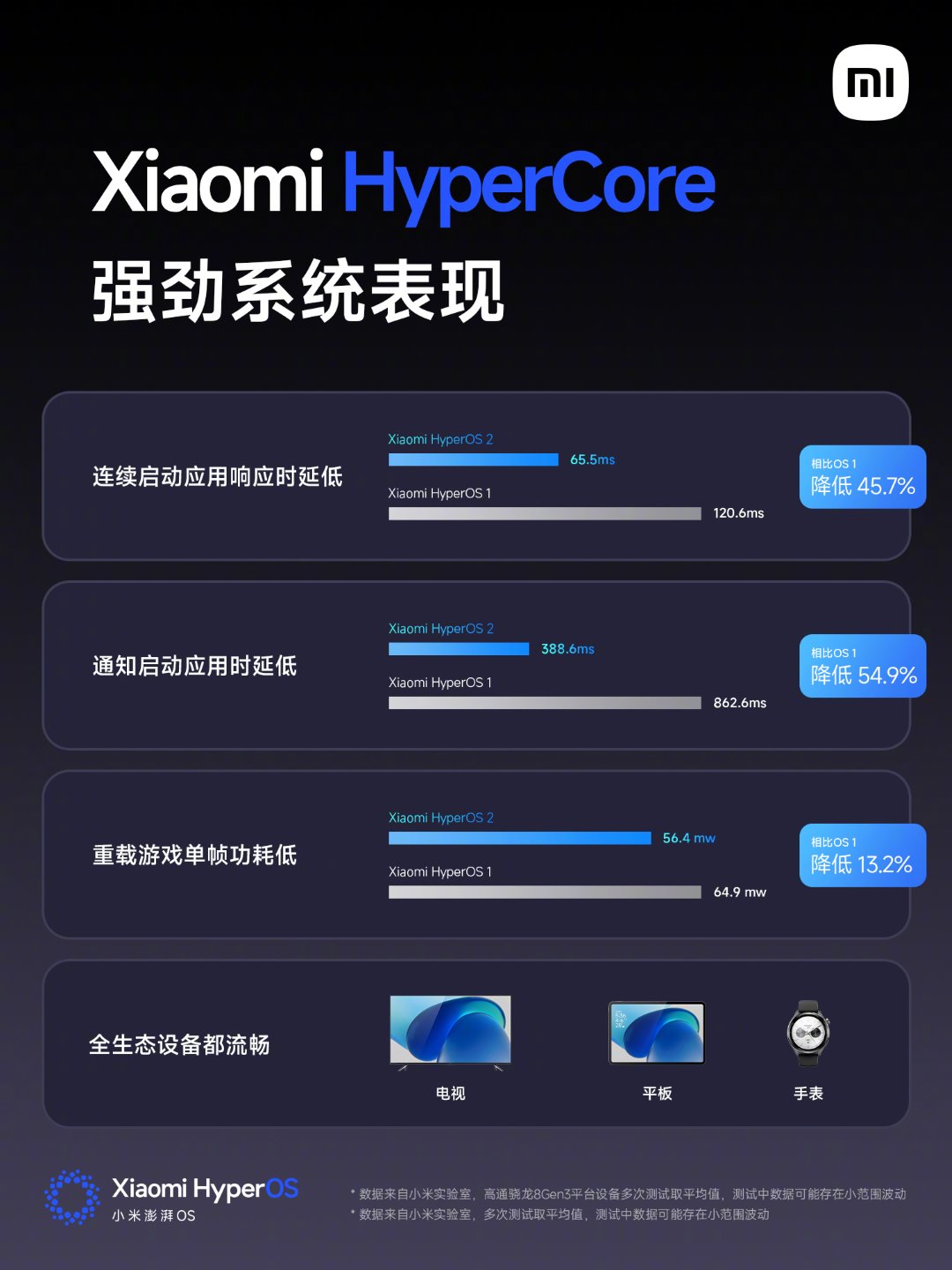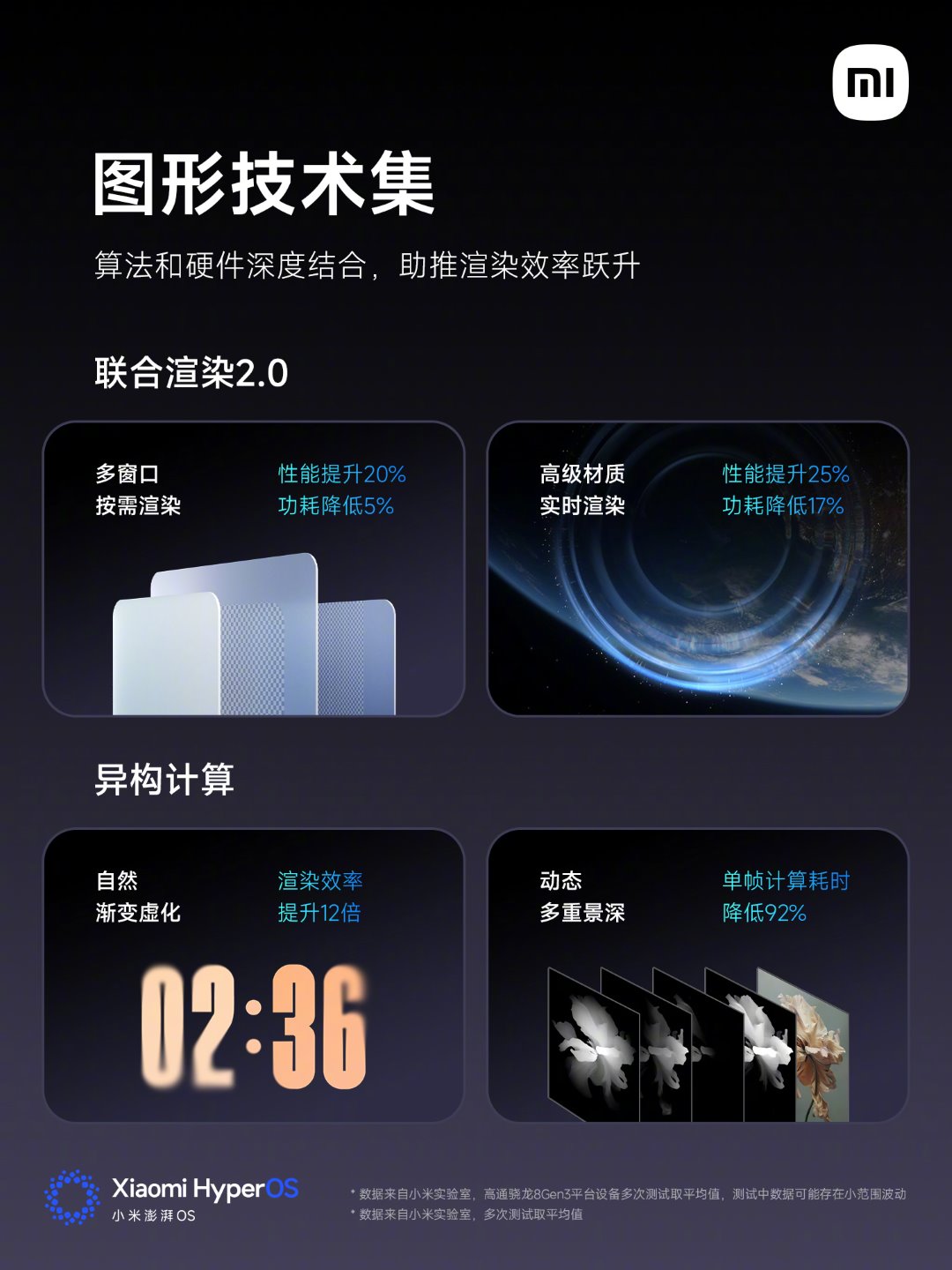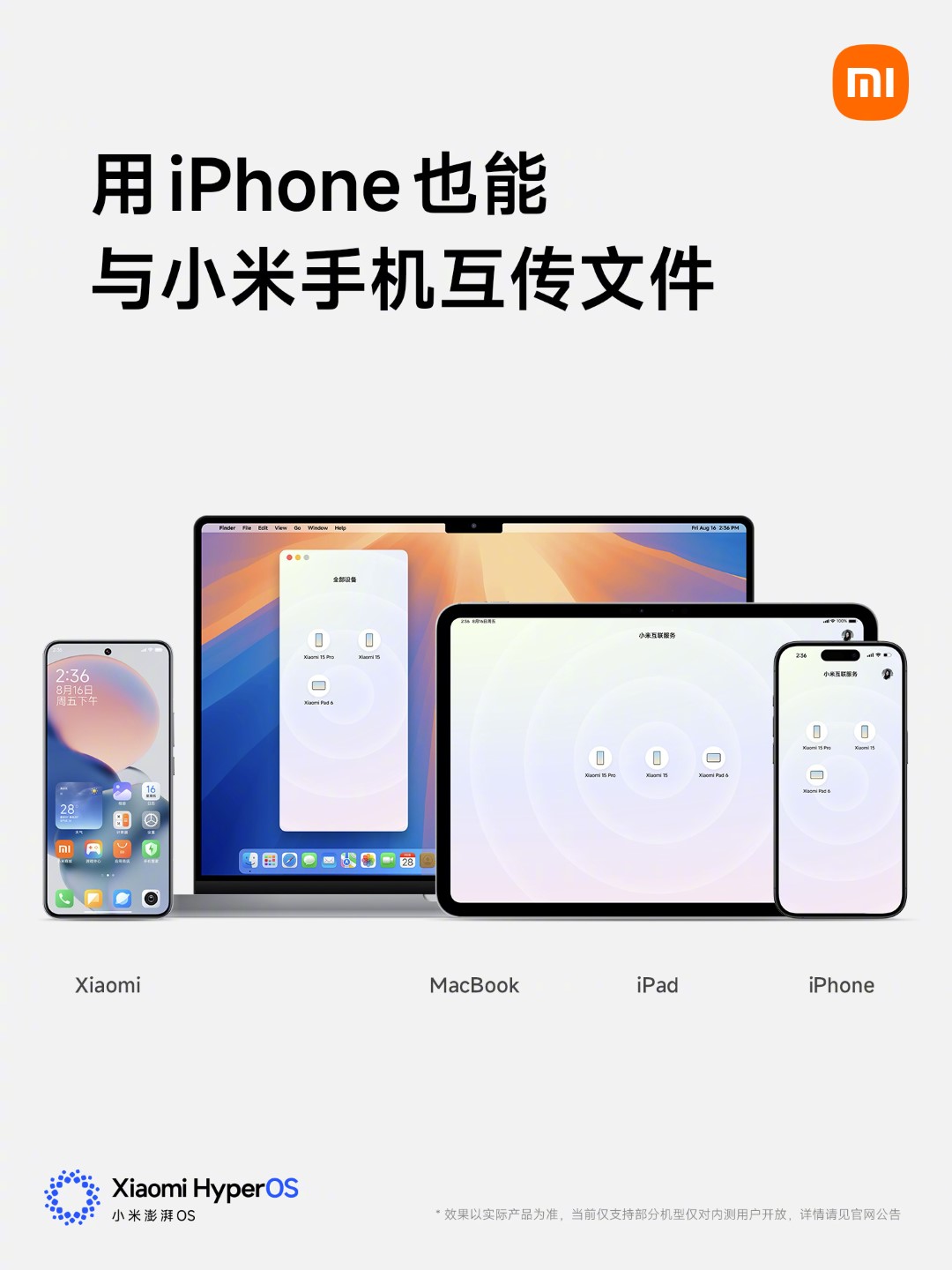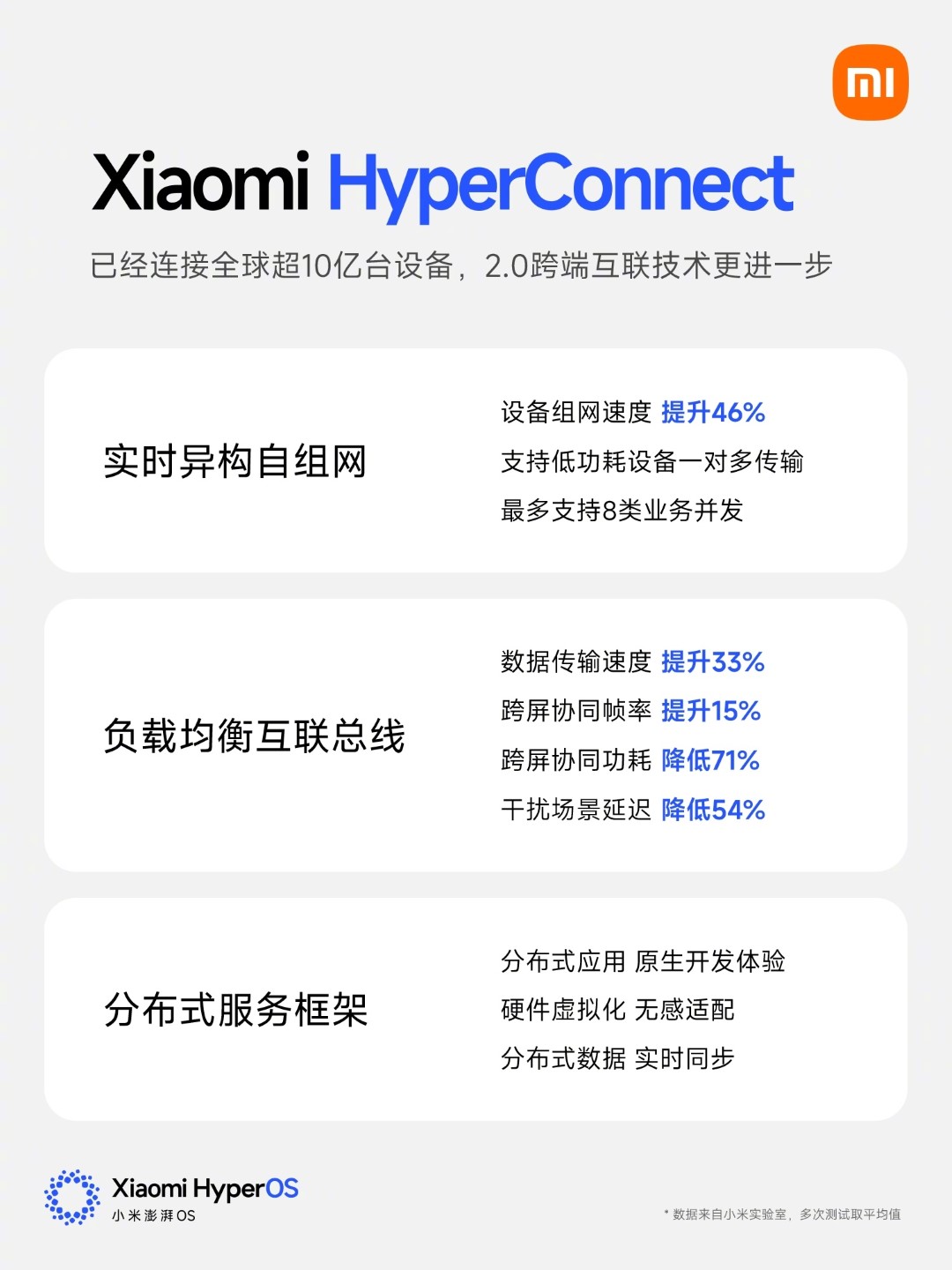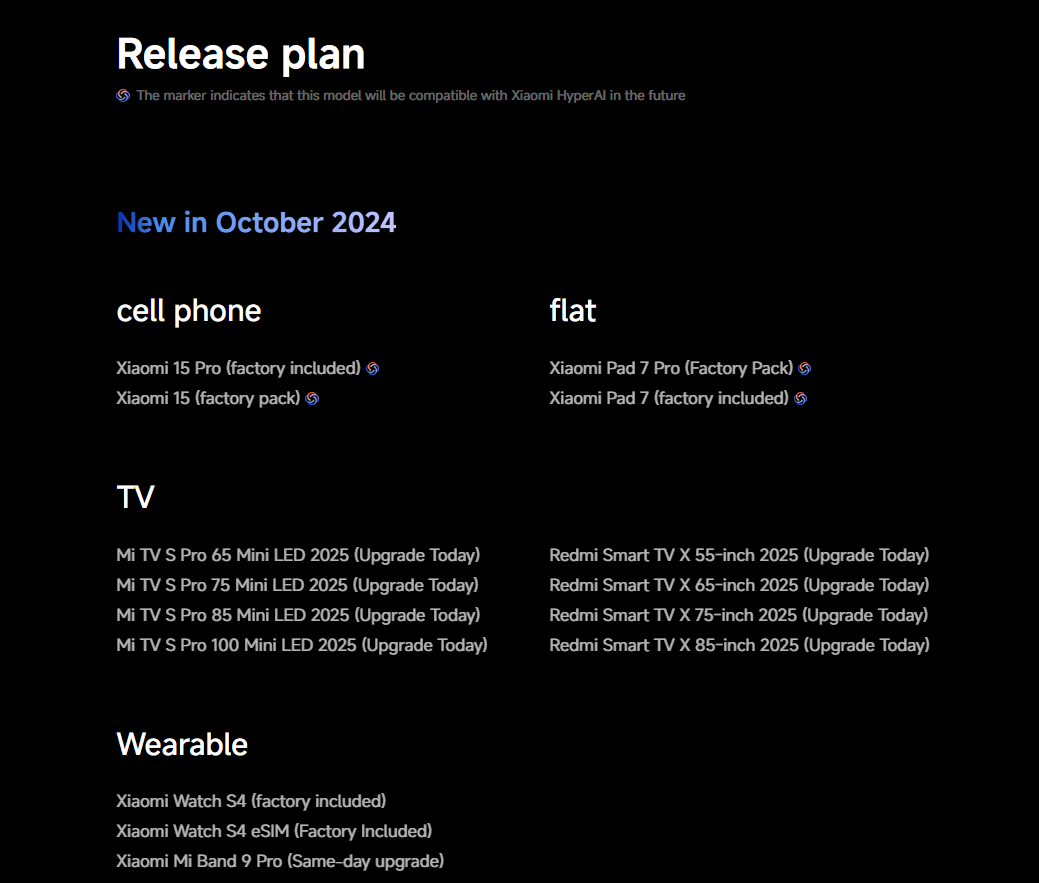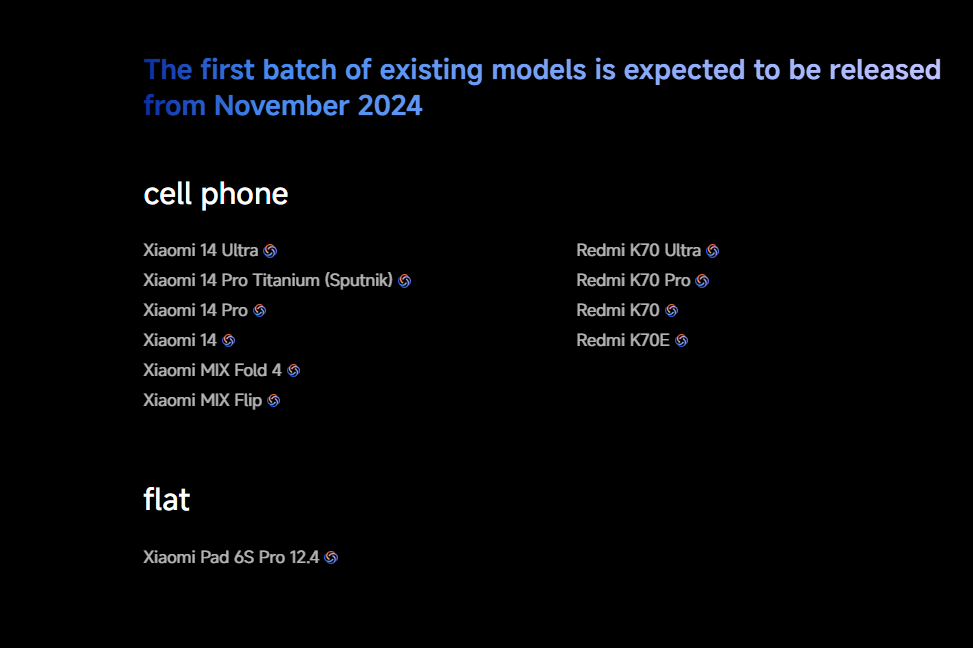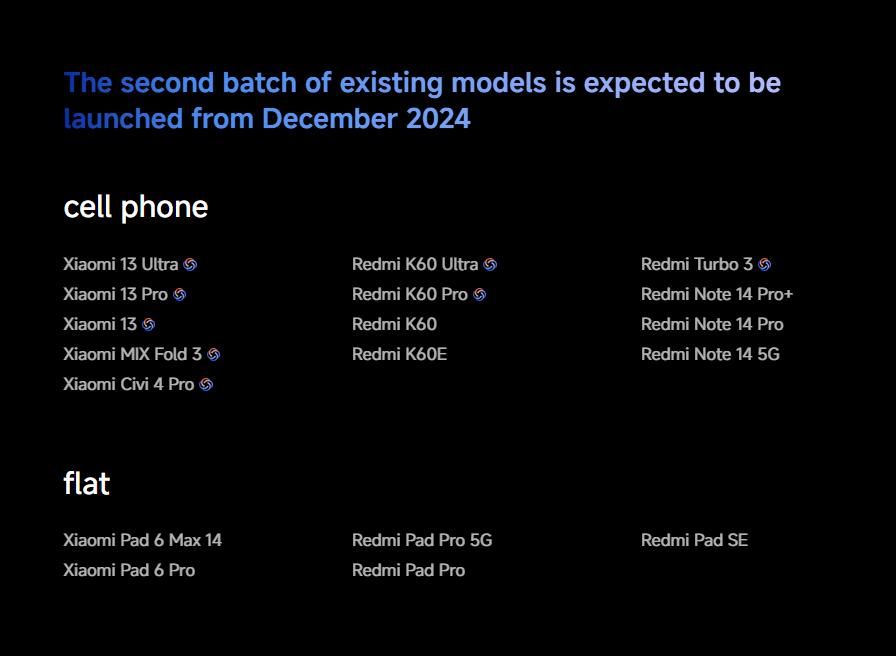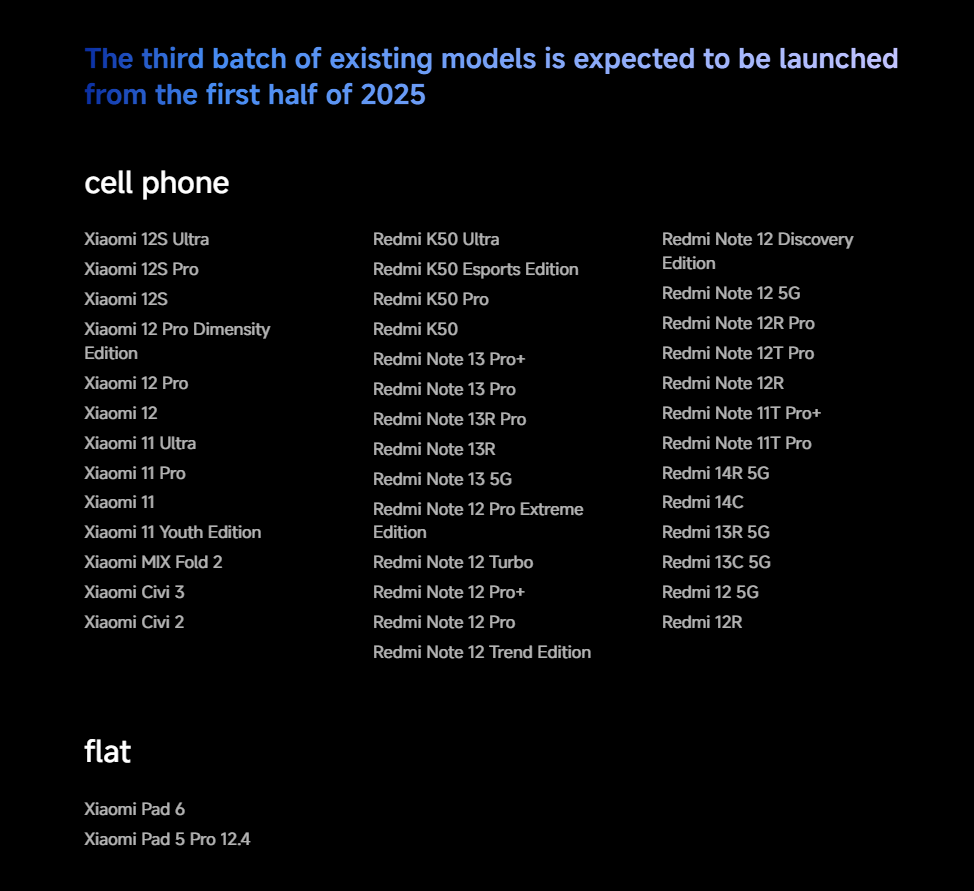Xiaomi has recently introduced its latest HyperOS 2 with the Xiaomi 15 and Xiaomi 15 Pro in China. Thus, the newly released OS demonstrated the brand’s direction to go more connected and AI-powered software ecosystem. Eventually, the company has introduced three core innovations, namely, HyperCore, HyperConnect, and HyperAI. As a result, they empower the system performance, cross-device connectivity, and user interaction, respectively. Continuing further, the updates unfold Xiaomi’s ambition to offer users extended functionality across devices while strengthening the user data security at the same time.
So, HyperOS 2 benefits from the HyperCore, HyperConnect, and HyperAI embedded within it for better performance and connectivity of the device and improved AI interaction to reinforce efficiency and usability within Xiaomi’s ecosystem.
HyperCore: Enhancing system stability and responsiveness
As Xiaomi claims, the HyperCore is certainly the core system technology in the HyperOS 2, which is designed to boost device responsiveness and optimize resource management. This core houses a completely new microarchitecture scheduler that allows optimized CPU task cycles, bringing CPU idle time down by as much as 19%. Dynamic memory management and Storage 2.0 are also included in the HyperCore, whatever Xiaomi says further contributes more to smooth app launches and power usage, especially when gaming and other resource-extensive tasks on the Xiaomi 15 series.
HyperConnect: Expanding device integration and compatibility
HyperConnect literally bridges the gap across Xiaomi devices with new features to make them work in a far more cohesive circle, such as the “Home Screen+.” Home Screen+ allows users to transfer phone apps to Xiaomi tablets as if they were locally installed. In addition to dual-camera streaming between the tablets and phones, HyperConnect introduces compatibility with iOS devices for cross-platform productivity tools and limited file sharing within Mainland China.
Furthermore, HyperOS 2’s innovative feature reportedly optimizes the performance on these devices, be it smartphones, tablets, or even TVs, by bringing down app launch delays by 54.9% on Xiaomi smartphones to improvement in remote responsiveness on TVs.
HyperAI: Expanding AI capabilities
HyperOS 2 introduces a system called HyperAI, where most of its features are integrated with AI-driven tools. Using AI-powered wallpapers, AI-driven translations, real-time voice-to-text conversions during calls-these are just some of the features it allows users to do. It also includes, on Xiaomi’s tablet, an “AI Art” feature that allows it to change sketched stuff on Mi Canvas.
Beyond visual enhancements, HyperAI adds real-time meeting translation with Global AI Translation and allows text refinements with Global AI Writing tools. However, other features include AI Magic Painting for image editing and AI sound recognition for accurate transcriptions.
RELATED
Additional features in HyperOS 2
HyperOS 2 also includes a set of feature upgrades to make the experience better feature across various Xiaomi devices, which include:
- AI Lock Screen: An interactive lock screen, which will try to adapt to the user’s preference.
- 3D Real-Time Weather: A weather feature in-game, emulating the real world.
- Smartwatch Updates: Updates that would add a tonne of functionality and some interface beauties to the generally pretty basic Xiaomi smartwatches.
- New Desktop Layout: A new desktop layout that is more customizable, with improved widget options.
Security and privacy enhancements in HyperOS 2
In HyperOS 2, Xiaomi’s focus remains on data security and users’ privacy, with various measures on end-to-end encryption, data access control, and technology of Trusted Execution Environment. Users can independently make settings for the management of personal information stored within the Xiaomi ecosystem, such as reviewing or deleting the stored data.
Rollout timeline and availability of HyperOS 2
HyperOS 2 comes pre-installed on the Xiaomi 15 series and Xiaomi Pad 7 series. Nonetheless, HyperOS 2 will roll out across additional devices in China over the coming months:
- October 2024: Available on selected Xiaomi TVs and wearables.
- November 2024: Devices including Xiaomi 14 series, Redmi K70 series.
- December 2024: Expanding to Xiaomi 13 series, and Redmi K60 series along with more tablets.
- Early 2025: Broader support, coming for more Xiaomi devices.
With HyperOS 2, Xiaomi wants to strengthen its software ecosystem in key areas of performance, connectivity, and AI. The introduction of this system in the Xiaomi 15 series may indicate the start of another transition toward creating a more integrated device experience. However, it is yet to be seen how these changes eventually resonate with the end users.

